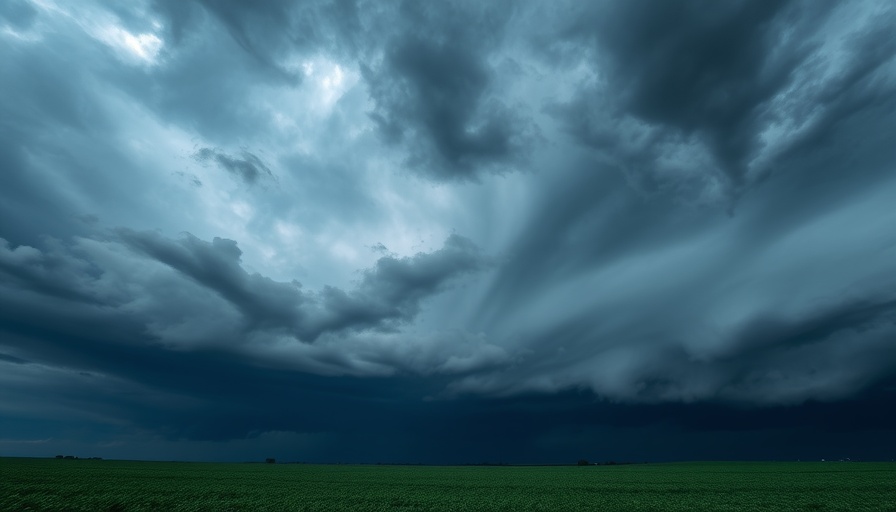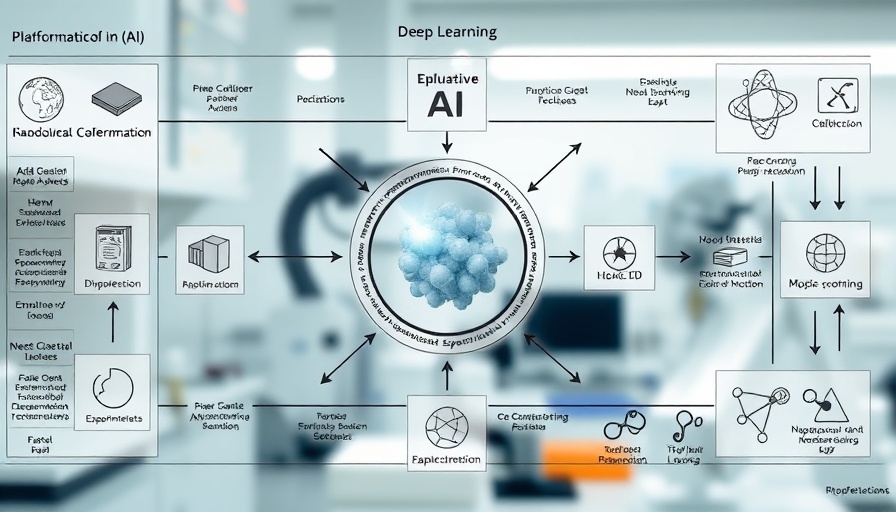
Unlocking Rain: How AI and Cloud Seeding Aim to Augment Precipitation
In a groundbreaking alliance, cloud seeding company Rainmaker has forged a partnership with Atmo, an innovative AI-driven meteorology startup, to enhance rain generation through advanced weather understanding. This collaboration signifies a harmonious blend of advanced technology and atmospheric science, aiming to optimize precipitation potential during dry spells.
Understanding AI’s Role in Meteorology
Atmo leverages deep learning models to analyze atmospheric patterns, enabling precise weather forecasts. This technology aids Rainmaker in identifying the most promising clouds for seeding. As Atmo's forecasting capabilities expand, so too does its ability to propose cloud seeding services to clients, thereby opening doors for potential revenue streams in various sectors, such as agriculture and water management.
The Science Behind Cloud Seeding Techniques
Cloud seeding employs silver iodide or sodium chloride to induce precipitation. While it can slightly increase rainfall—scientifically proven to boost precipitation by approximately 15% in Texas, the enhancements remain modest when viewed alongside the scale of natural storms.
For instance, an Idaho seeding project released an impressive additional 186 million gallons of water; however, this amount pales when contrasted with a storm's typical processing of trillions of gallons. Experts, including meteorology professor Bob Rauber, emphasize that cloud seeding serves more as a supplemental measure rather than a comprehensive solution to drought conditions. The efficacy of cloud seeding varies significantly based on cloud types and climatic regions, with mountainous areas responding far better than arid regions.
Cloud Seeding: Opportunities and Challenges
In the Western United States, cloud seeding is adopted primarily to enhance snowpack and ensure ample water supplies during summer months. The West Texas Weather Modification Association reports that their efforts in cloud seeding lead to an estimated two additional inches of water each year, sufficient enough to impact local agriculture.
However, challenges persist. Many conspiracy theories have emerged surrounding rainfall correlation with cloud seeding—most notably, claims that Rainmaker's operations contributed to flooding events in Texas. Scientists vehemently refute these claims, assuring the public that large-scale, weather-related phenomena cannot be directly attributed to cloud manipulation methods.
The Future of Weather Modification
With climate change threatening water resources globally, the relevance of innovative weather modification technologies intensifies. As geographic conditions shift and droughts become more frequent, tools like cloud seeding could transform agricultural practices, impacting yields and food security.
A successful application of these technologies could pave the way for more structured initiatives to manage water usage and distribution, particularly in areas that suffer from prolonged droughts. By strategically deploying weather modification strategies in conjunction with advanced AI analytics, we can develop a proactive approach to ensure water resources are effectively monitored and allocated.
Conclusion: Taking Action for a Sustainable Future
As Rainmaker and Atmo join forces to reshape precipitation forecasting and manipulation, this partnership underscores a pivotal moment in addressing water scarcity issues through technology. The potential benefits of this collaboration could pave the way for sustainable solutions to global water crises. Engaging with environmental initiatives or supporting technology-based solutions are practical steps everyone can take to contribute to this effort.
 Add Row
Add Row  Add
Add 




 Add Row
Add Row  Add
Add 
Write A Comment